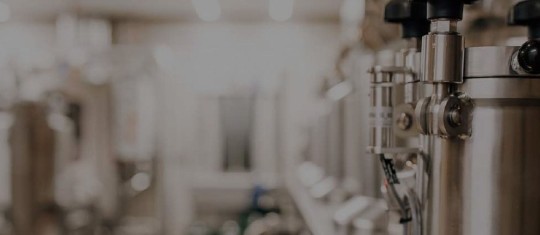Can we forecast the intensity of hop aroma in dry-hopped beers? For brewers who brew hop-forward beers, the search for such a formula is something like the holy grail. Calculating the hop dosage in milliliters of oil per hectoliter rather than grams of cones or pellets per hectoliter is not the answer to everything.
It is also important to consider the basis of our calculations: Total oil content or single substances? – Research into this started at the end of the 1970s with gas chromatography (GC) and sensory evaluation.
A study published in December 2018 in the journal Brewing Science by Scott Lafontaine and his colleagues in Tom Shellhammer's research group is often cited in this context. The researchers from Oregon State University took two American hop varieties from the 2015 and 2016 harvests, Cascade and Centennial, analyzed them by gas chromatography and used them in a standardized dry-hopping process. The aim of the investigation was to find out whether there are aroma substances measurable with GC that correlate with the intensity of the hop aroma in the finished beer. Moreover, the potential for variety-specific indicators of aroma intensity was also subject of investigation. The analyses indicate a correlation of geraniol and beta-pinene with the intensities in the finished beers. However, the correlation values are at 0.5, which in the opinion of the BarthHaas flavor experts is not a sufficiently reliable result.
Many attempts have been made to find a correlation between single aroma substances and descriptors or intensities in the finished beer. So far, unfortunately, in vain. What does become apparent, however, are correlations between sensory perceptions and sum parameters relating, for example, to the range of esters or certain terpenoids in the hops. But the assumption that conclusions can be drawn from the geraniol content to the intensity of the rose aroma in beer is misleading. The BarthHaas experts also doubt that the study provides sufficient evidence for the thesis that there are variety-specific indicators.
Moreover, the study supports the thesis that single components are more meaningful than the total oil content. This cannot be completely dismissed: The thiols, for example, are not significant at all in the total oil content because they are present only in very small quantities. Nevertheless, they are dominant in the sensory perception. It is therefore obvious that the oil content does not correlate with the flavor intensity. However, the reverse conclusion that single aroma substances correlate better does not apply either. Particularly since the substances that could prove this thesis, such as the thiols mentioned, were not taken into account in this research project.
The findings from this study are hardly relevant for practical use in the brewhouse. It would be far too costly for breweries to analyze each batch of hops by gas chromatography in order to derive calculations for the dosage. Secondly, the standardized brewing method used cannot be transferred to an operating brewhouse. There are too many process parameters that influence the flavor of the finished beer: alcohol content, fermentation and lagering temperature, the shape and size of the tanks, a static or dynamic process, and the duration of dry-hopping. Not to mention external influences such as variations in harvest, harvest time, growing region - all of these have a major impact on the flavor of the hops. So many factors play into this, making it impossible for brewers to predict hop flavor intensity.
Nevertheless, studies like this one are important to better define the subject matter and find out which parameters might be crucial. And as far as analytics are concerned, the progress made in recent years gives us hope that in perhaps a decade we will have reached the point at where we can analyze more single components and groups of substances that have a significant influence on aroma intensity in the finished beer. We could then use this knowledge not only in production but also in breeding to identify the aromatic potential of a variety, in cultivation to determine the right harvest time, and in hop processing to define processes and products.
Until then, what remains for brewers to approach their "holy grail"? The total oil content is still an important benchmark. However, it should be taken into consideration that, depending on the variety, 50-70 percent of the oil content is accounted for by the myrcene alone, which does not enter the beer due to its volatility and is therefore almost irrelevant to the taste. A rule of thumb is therefore: total oil content minus myrcene content gives the substance input that brings aroma into the beer. Such sum parameters give at least an indication of how intense the hop flavor might turn out in the finished beer.
For those who want to delve deeper, the scientific paper on the study can be found here:
S. R. Lafontaine, C. B. Pereira, D. M. Vollmer and T. H. Shellhammer: The Effectiveness of Hop Volatile Markers for Forecasting Dry-hop Aroma Intensity and Quality of Cascade and Centennial Hops, BrewingScience, 71 (November/December 2018), pp. 116-140 (DOI: 10.23763/BRSC18-19LAFONTAINE)


